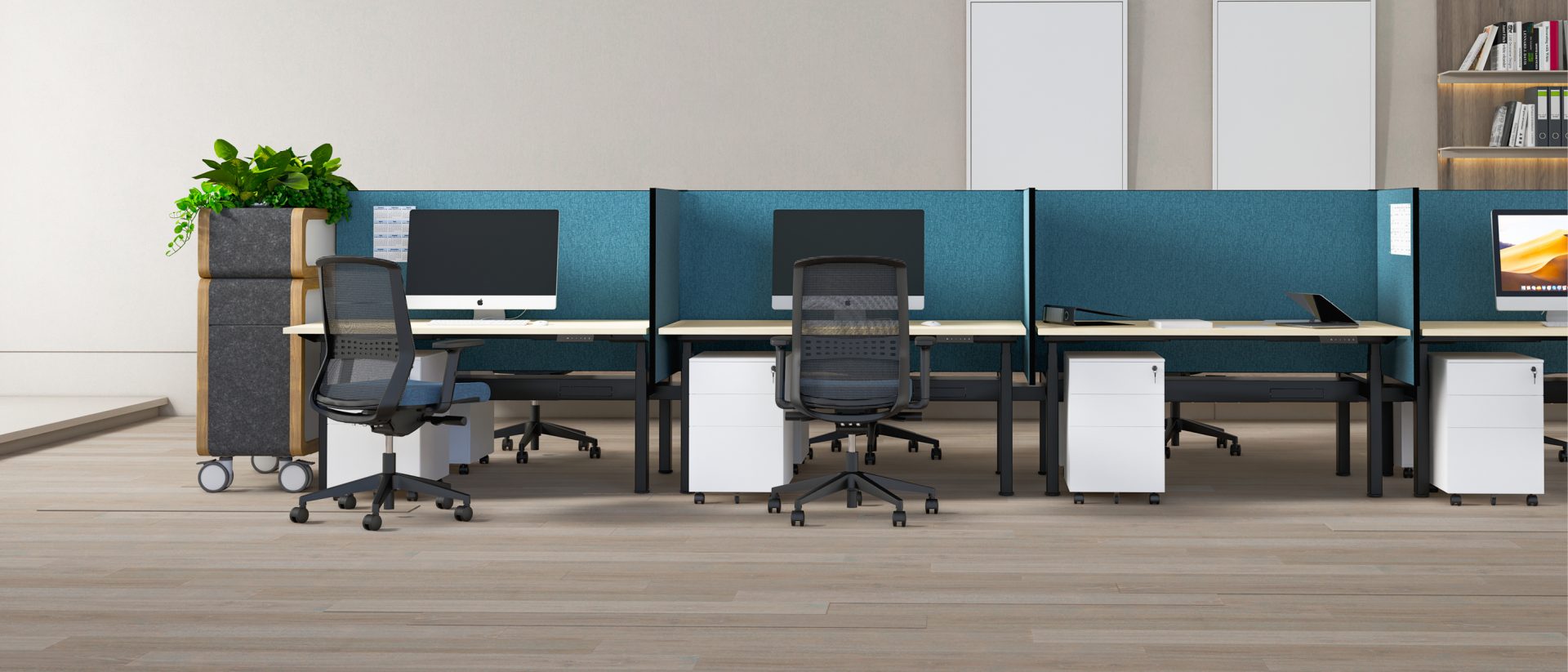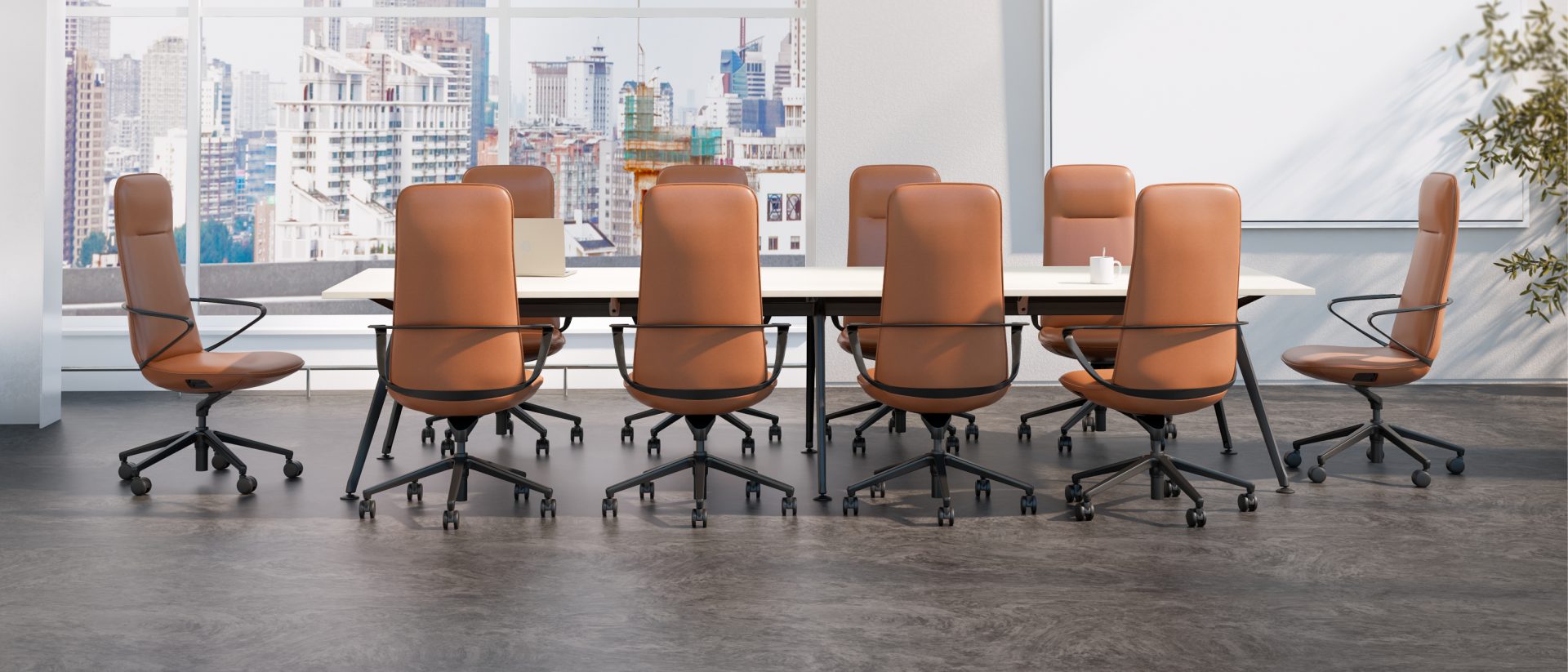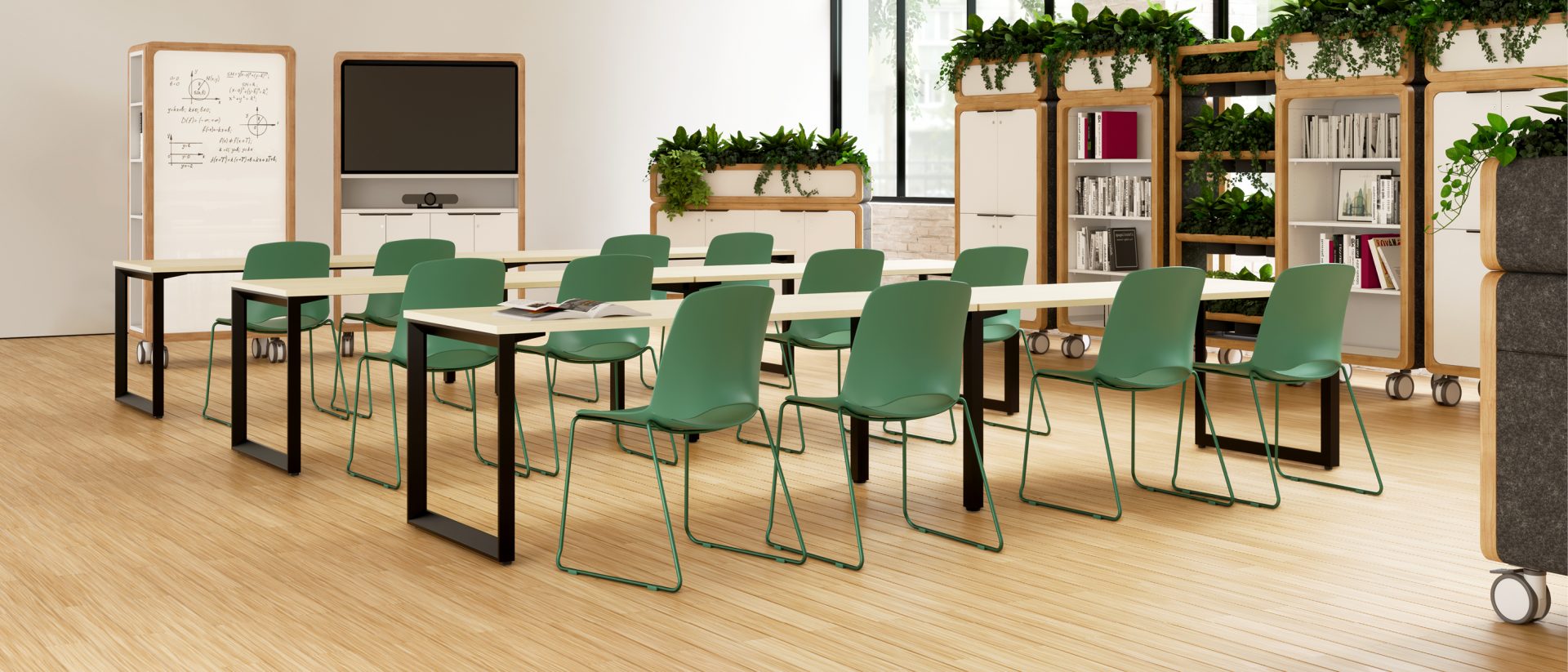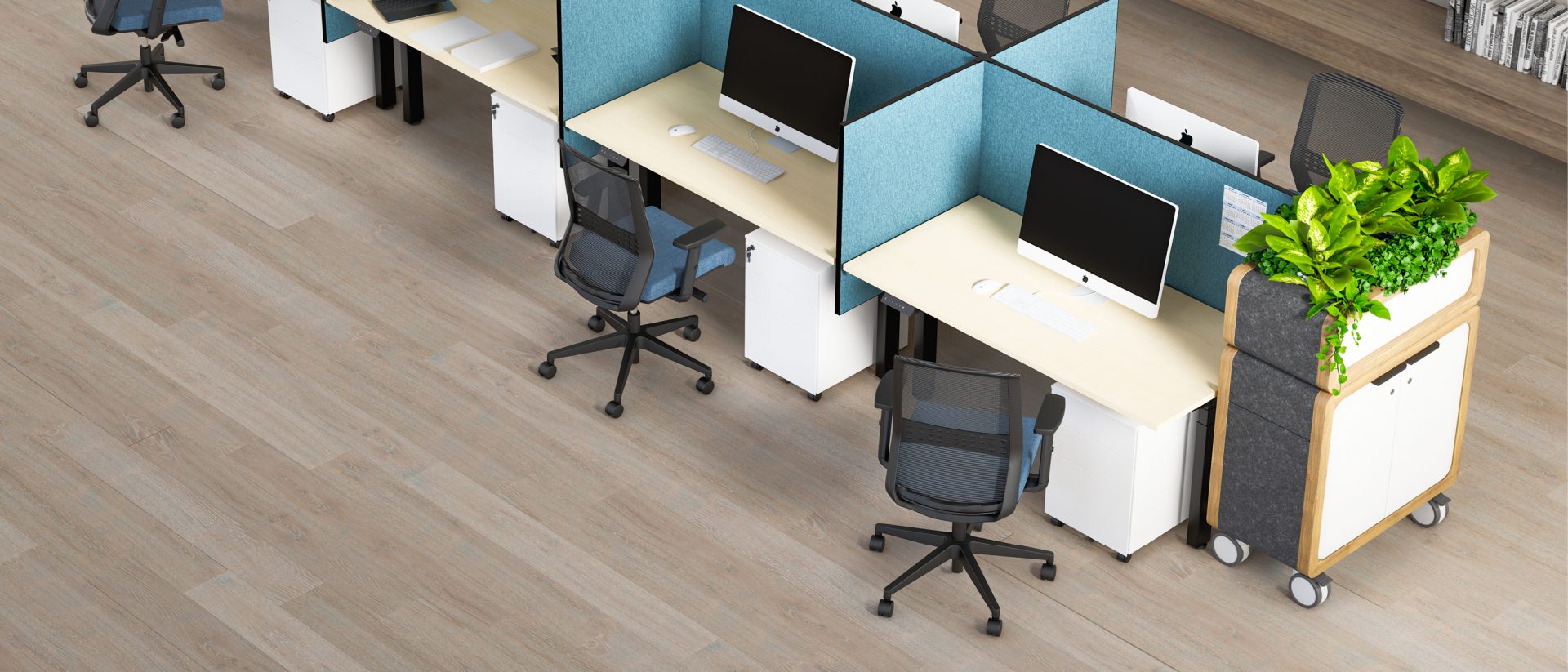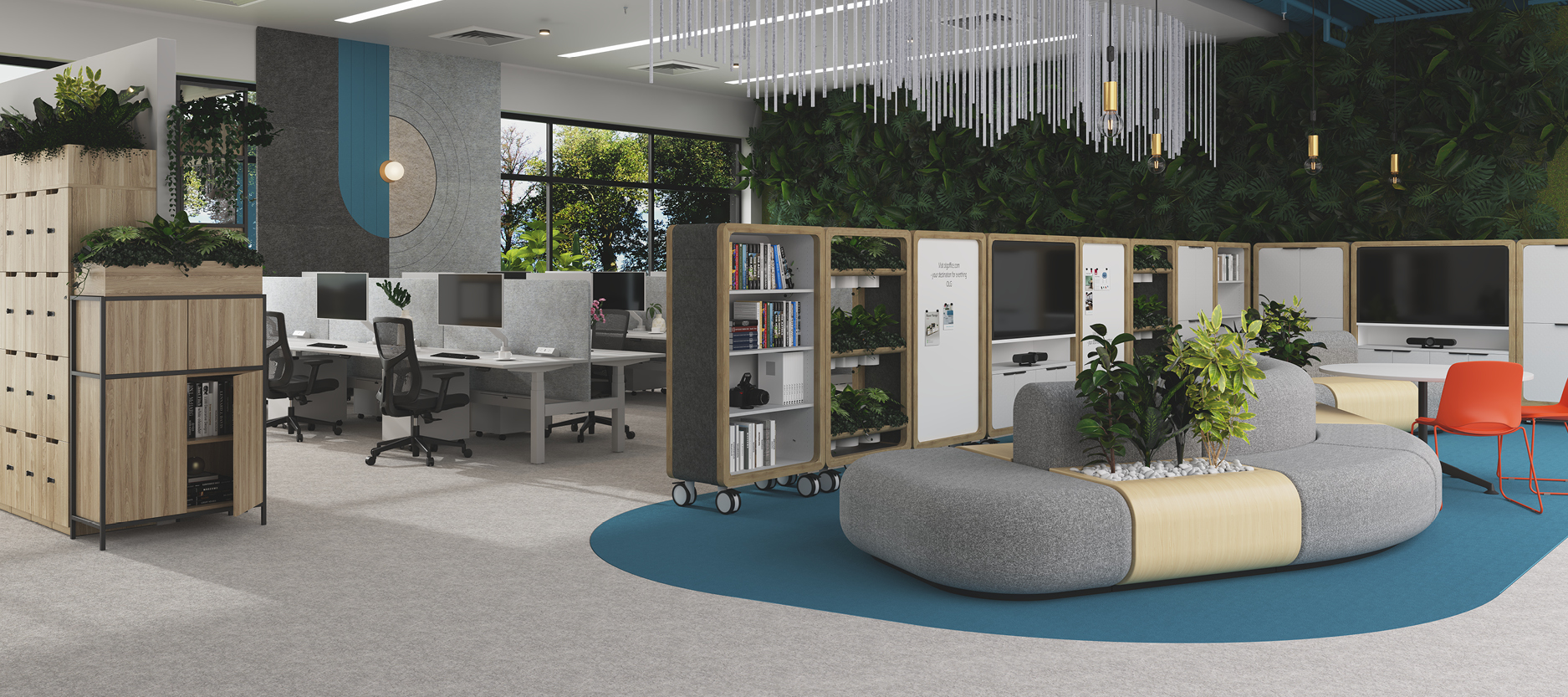The Psychology of Colour in Office Design
written by OLG
Colour is more than just an aesthetic choice—it has a profound impact on mood, productivity, and overall workplace well-being. Strategic use of colour in office design can shape employee behaviour, enhance focus, and even influence decision-making. Here’s how businesses can harness colour psychology to create a more effective and engaging work environment.
Boosting Productivity with Stimulating Colours
Certain colours can enhance cognitive function and motivation. Blue hues are known to promote focus and efficiency, making them ideal for workstations requiring deep concentration. Warmer tones like red and orange can energise spaces but should be used sparingly to avoid overstimulation. Thoughtfully applied colour schemes can help create environments that support high-performance tasks and creative thinking. A study from the University of Melbourne highlights how workplace design influences stress and well-being, underscoring the impact of visual elements such as colour.
Creating Calm with Neutral and Natural Tones
Neutral and earthy tones, such as greens and soft browns, are associated with reduced stress levels and a sense of stability. Green, in particular, has been linked to feelings of balance and well-being, making it a popular choice in biophilic office design. Incorporating nature-inspired colour schemes can create a more relaxed, inviting atmosphere that supports mental wellness and reduces workplace fatigue. Thoughtful design choices, including colour selection, contribute to shaping workspace environments that promote well-being and engagement.
Enhancing Collaboration Through Colour Zoning
Different colours can be strategically applied to separate work zones, reinforcing their intended use. Bright, warm tones like yellow encourage social interaction and creativity in breakout areas, while subdued blues or greys are better suited for quiet zones or meeting spaces. Using colour to define different functional areas improves spatial awareness and allows employees to intuitively navigate their workspace. Australian Design Review explores how colour is used in Australian commercial interiors to define space and create purpose-driven environments.
Psychological Impact on Brand Identity and Employee Perception
The colours chosen for an office environment can reinforce brand values and influence how employees and clients perceive a company. A well-curated colour scheme can communicate innovation, professionalism, or approachability, aligning the physical workspace with a company’s culture and mission. Thoughtful integration of brand-aligned colours ensures a cohesive and psychologically supportive office design, ultimately contributing to a stronger workplace identity.
